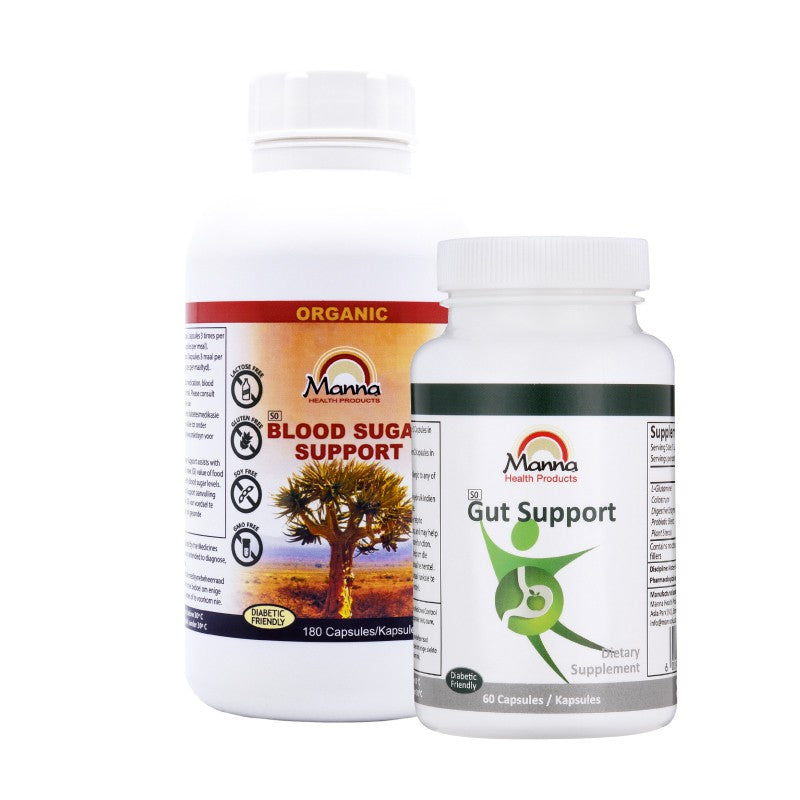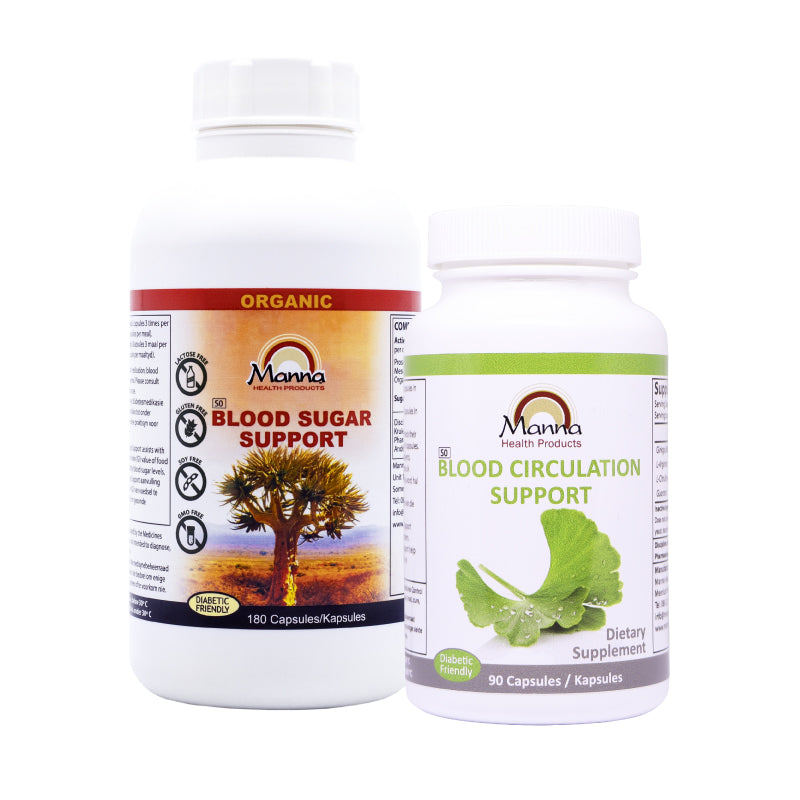If you can lower your insulin levels, you can prevent the onset of type-2 diabetes.
Insulin is a hormone produced by your pancreas. It helps your body absorb energy from carbohydrates. Without insulin, you will have high blood sugar levels that can damage your eyes, kidneys, and nerves.
It can also happen that insulin does not work as it should, forcing your pancreas to produce even more of the hormone. You can develop hyperinsulinemia when you have chronically high levels of insulin in your blood. This can lead to excessive weight gain and serious health problems like heart disease and cancer.
There are several dietary and lifestyle changes you can make to help keep your insulin levels low. Read on to find out more.
Dietary changes:
Choose your carbs carefully
If you can curb the amount of carbohydrates in your diet, you will be able to lower your insulin levels. Carbs are notorious for raising blood sugar and insulin levels.
Scientists agree that a low-carb diet can effectively lower insulin levels and increase insulin sensitivity. The Mediterranean diet and the Atkins diet are two examples of low-carb diets as both favor healthful, fiber-rich carbs.
When choosing carbs, select complex carbs—whole grains, fruit, vegetables, and beans. Avoid refined carbs found in highly processed fast foods, white bread, sugary cereals, and white rice. These can lead to elevated insulin levels.
Say no to sugar
Foods high in sugar like chocolates and energy drinks cause insulin spikes. Eating too much sugar is linked to insulin resistance and metabolic disease.
Double up on plant proteins
The right amount of protein can help manage weight and insulin. A 2018 study found that people who got more of their protein from plants were less likely to develop type-2 diabetes than those who ate a lot of red meat.
Add these four superfoods to your diet
These foods can help regulate insulin levels:
1. Cinnamon
Cinnamon improves insulin sensitivity and reduces excessive insulin secretion, especially in people with type-2 diabetes and higher BMI.
2. Apple cider vinegar
Though still being studied, apple cider vinegar appears to help absorb sugar from carbs and reduce post-meal blood sugar spikes.
3. Green tea
Green tea is rich in antioxidants and may help combat insulin resistance.
4. Fatty fish
Omega-3 fats in fish like salmon, sardines, and mackerel can aid in weight loss and reduce insulin resistance. Fish oil supplements are a good alternative.
Lifestyle changes:
1. Move
Do small physical activities
Break up sedentary periods with movement. Activities like walking, gardening, or light chores can keep insulin levels in check.
Get your heart beating and your muscles pumping
Aerobic exercise and resistance training can lower insulin levels. Building muscle increases glucose demand, improving insulin efficiency.
2. Try intermittent fasting
Intermittent fasting limits eating to specific time periods. One method—alternate-day fasting—may lower insulin levels more than reducing daily calories. It’s not for everyone, so consult your doctor if you’re overweight or considering this method.
3. Manage stress
Stress increases hormones like cortisol, which interfere with insulin. Chronic stress can cause insulin resistance. Managing stress through hobbies, journaling, meditation, or talking to someone can help keep insulin levels in check.
Takeaway
You can reduce your risk of developing diabetes by lowering your insulin levels. Cut refined carbs and sugar, include foods like cinnamon and fatty fish, manage stress and weight, and stay active. These simple steps can go a long way toward fighting insulin resistance and preventing diabetes.










































































